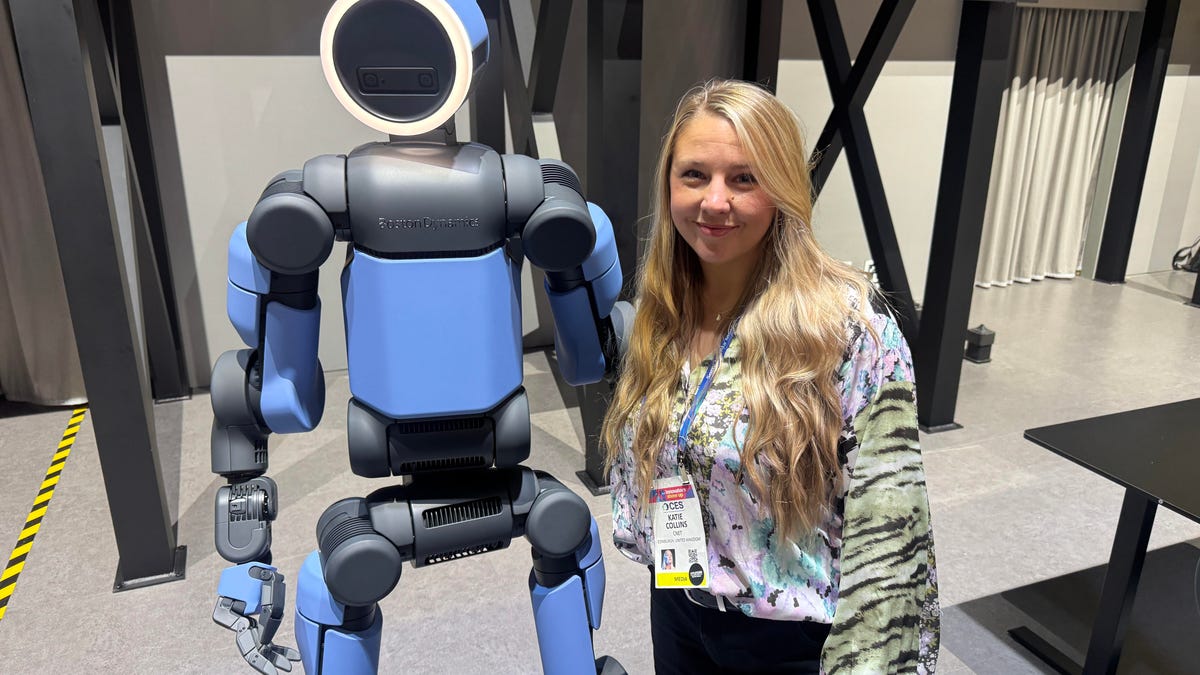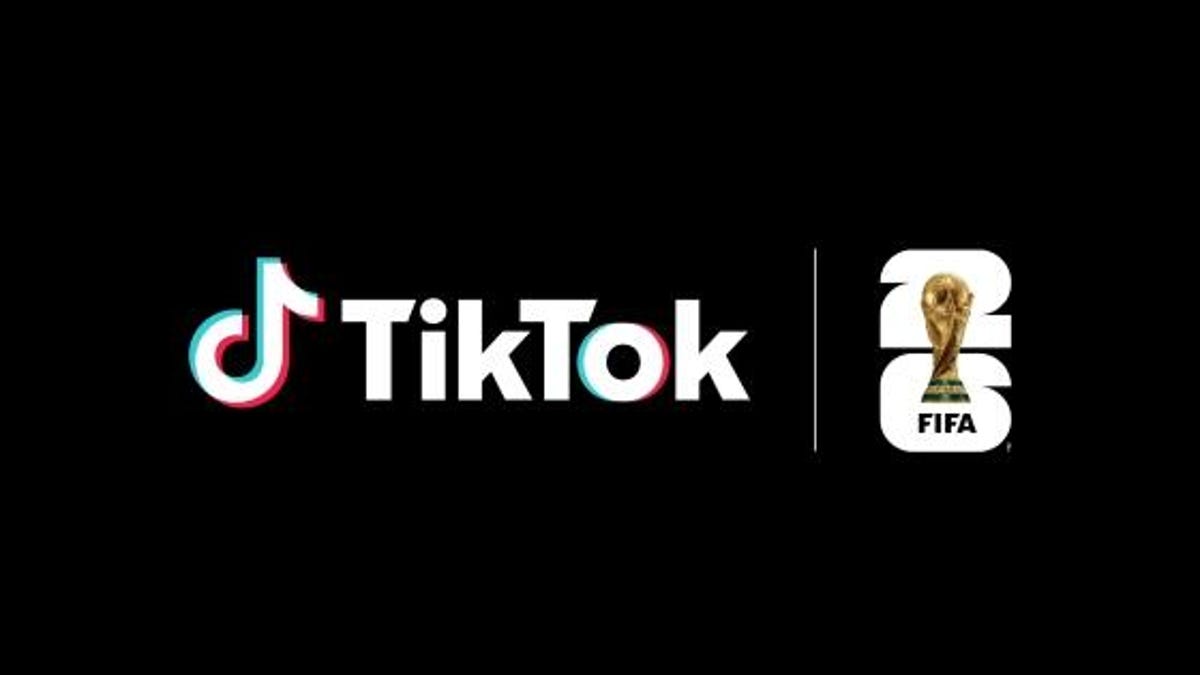Technologies
Pragmata Is One of the Most Exciting Games at Summer Game Fest
Capcom had a short but sweet demo of its upcoming sci-fi shooter.

Capcom had one of the best showings at this year’s Summer Game Fest. Despite Resident Evil 9 Requiem’s very exclusive demo, the publisher’s other hands-on preview, Pragmata, was much more open. This is an upcoming action shooter that impressed me with its unique gun-hacking mechanic.
My hands-on demo started with the game’s protagonist, Hugh Williams, regaining consciousness on a space station with the help of Diana, an android companion that looks like a young girl with long blonde hair and, for some reason, no shoes. We’re quickly attacked by a robot that is slowly walking toward us ,and our pistol is doing little to no damage. This is when Pragmata introduces the hacking element to its combat, a unique mechanic you perform while fighting. This was a lot to juggle at first, but it becomes easy and fun pretty quickly.
While you can aim with L2 and shoot with R2, like a typical shooter, you must utilize Diana’s hacking ability to open up weak points on each enemy. When targeting an enemy, a grid appears, called the Hacking Matrix, on the right side of the screen. From there, you must use the face buttons to move an icon through the grid in order to reach a specific point.
The face buttons work like a D-pad: triangle goes up, square moves left, and so on. There are also unique points within the grid that must be avoided or optionally passed through for additional benefits. Reaching the end of the grid will open up an enemy’s armor, allowing you to do much more damage with your weapons. It’s a unique combat mechanic I hadn’t seen before in a shooter and was quite easy to wrap my head around, making for a very fun gunplay loop.
After fighting the first enemy, I was able to proceed to the adjacent hallway with more obstacles and enemies. Hugh can jump with X and also hover if the button is held down. This was useful for crossing over large gaps or to evade damaging lasers. This came into play when I encountered a door that required me to search and hover around to find five locks to hack open and proceed. Several new enemy types appeared, including flying drones. The drones would easily dodge my fire, but a quick hack stunned them in place while making them susceptible to attacks. A walking tank-like enemy also appeared just as I unlocked a new weapon: the shockwave gun.
The shockwave gun functions like a shotgun, allowing me to deal much more damage to one or more enemies once hacked. In addition to this, I also unlocked the final weapon for the demo, the stasis gun. This fired similarly to a grenade launcher, with an arched shot, but would put down a bubble that would trap enemies inside and stun them. It’s super useful when dealing with more than one opponent at a time, especially since each enemy requires careful hacking to be done — sometimes more than once.
As we approached the final room of the demo, we were able to pick up a hacking node. This is a limited-use item that would slot itself into a random space within the hacking grid that appears when targeting an opponent. Moving my cursor over these nodes and then reaching the finish line in the hacking mechanic would cause a buff to deploy. This node lowers an enemy’s shields further, allowing our shots to do more damage once vulnerable.
To make things more interesting, the game mentioned you could stack these nodes and pass through more than one before finishing to get more and more benefits. Keep in mind, however, that you can’t move your cursor over a square you’ve already passed, so don’t get yourself cornered hacking while in the middle of a gun fight, which could result in having to restart the hacking matrix.
In a surprising decision, just as the final boss of the demo appeared, our hands-on preview ended. For whatever reason, Capcom didn’t allow anyone to fight the big baddie. This is especially odd, since the vast majority of demos and previews usually end after an exciting climax, like a boss battle. It was also a real shame since I had had a good amount of practice navigating the Hacking Matrix while dodging and shooting opponents, and I wanted to put my new skills to the test. If anything, it got me even more excited to get my hands on Pragmata again to play more and see what Capcom has come up with for its unique combat.
Pragmata is coming in 2026 to Xbox Series, PlayStation 5 and PC.
Technologies
I Got Up Close and Personal With Boston Dynamics’ New Atlas Robot
Before Atlas takes its first steps into the world of work later this year, I found myself face-to-face with CES 2026’s most talked-about robot on the show floor.

When I say that I went hands-on with the new Boston Dynamics Atlas robot, I mean that I actually held hands with it. This humanoid robot, which CNET just awarded the Best Robot of CES Award, is one of the most advanced in the world, and I couldn’t pass up the opportunity to get up close and personal with it.
This product version of the robot, which is set to be shipped to Hyundai factories imminently to start working, has been the talk of CES this year. The specific Atlas robot I encountered was a static model that wasn’t turned on or fully operational. Our interactions were, therefore, sadly one-sided. Still, I ran my hands over its soft-touch plastic shell and gently prodded at its finger joints, wondering how it would feel if they gripped me back.
People tend to have varying feelings about humanoid robots — understandable given that they are built to some degree in our image, while also usually being stronger than us, with «brains» that we don’t fully understand. Atlas definitely evokes contradictory emotions for me — even more so when I stood face-to-face with it.
I’m in awe of the engineering, a little fearful of its capabilities, hesitant about what it could mean for the future of humanity and charmed by its design and styling. The periwinkle blue iteration of Atlas that I met on the show floor at CES 2026 almost bears more resemblance to a Dyson product than it does the industrial robots that defined Boston Dynamics’ early days, when it was best known for its work with DARPA.
«There’s a lot of really specific things about this robot that probably look a little weird,» said Zachary Jackowski, Boston Dynamics VP and general manager of Atlas. He pointed to the legs, which he described as «like nothing anyone else was doing.»
Atlas’ thighs are narrow set and in line with the torso, while the calves are wider set, attached to their upper counterparts with a circular joint. This robot is, in fact, all subtle curves and soft lines. There are no harsh edges or stark angles.
During a year when CES has been flooded with humanoid robots, Atlas definitely does stand out due to its design. It appears both less classically human and less industrial than some of its peers, while also lacking the often intimidating, featureless faces they tend to exhibit. Instead, it has two low-set cameras resembling eyes placed where you’d usually expect a mouth to be. Its face is a perfect flat circle, defined by an LED halo that gives it a somewhat Pixar lamp effect.
I asked Jackowski why Boston Dynamics decided to skew so relatively unhuman with this version of its humanoid. «Well, it’s not a human,» he said. «It projects the wrong first impression about a robot to have it pretend to be something that it’s not.»
Particularly in the early days of humanoids, he added, robots won’t have anything like human-like intelligence. People should look at it and see it for what it is — a tool for performing tasks safely and efficiently.
In fact, most of the design decisions were made to keep Atlas as simple, scalable and safe as possible, Jackowski said. I remark that there’s some irony in thinking of a humanoid robot as simple, given the complexity of the technology and development process to bring Atlas to life.
The key to making it simple, Jackowski said, is having a strong enough grasp of the technology to «accomplish the complex thing of building a humanoid robot,» but then being able to take it apart and understand that you can use fewer computers and actuators in it while achieving the same results.
And it’s essential to Boston Dynamics that Atlas is perceived as simple. After all, it’s a general-purpose humanoid, which might eventually be sent far and wide to fulfil all manner of roles. Jackowski calls it the «ultimate generalist.»
Simplicity aside, there are aspects of Atlas that Jackowski believes set it apart from other humanoids at the show. «The repairability of this robot is crazy good,» he said. «The runtime is crazy good. The strength is unlike anything.»
From working in Hyundai’s manufacturing plants, Atlas’s job trajectory is to eventually graduate to many of the same industrial environments where Boston Dynamics’ Spot robot works, before moving to bussing tables in the service industry and eventually into the home. The robot will evolve between now and then, Jackowski said. However, this could be an early glimpse of the type of humanoid that will eventually be our housemate.
That’s some way away, though, which is probably for the best. As I gaze up at Atlas, which I’d guess is around the same height as my husband, my feeling is that, however impressive Atlas is, I’m still not ready for it to move in.
Technologies
This Star Wars Dartboard Has a Secret That Will Stop You From Using the Force to Win
This cool dartboard has cameras to track your score and keep you honest

Right in the middle of the high-tech show floor at CES 2026 sits a pub called the Bull and Barrel with some of the coolest dartboards I’ve seen. Target Darts was showcasing its collaboration with both Star Wars and Xbox. Darts may not be for everyone, but I love «shooting some arrows» in my basement with the family. I also love anything Star Wars themed, so these tick a lot of boxes.
The basic Star Wars set comes with a branded board and wall protector that resembles the cockpit of the Millennium Falcon and costs $200. The board is of very high quality, with a tight-knit sisal fiber face, and the protector is thick enough to keep stray shots out of your drywall. The graphics are cool too, with nods to the original Falcon and even have the gold dice hanging above.
The big tech twist to this board, though, is the Omni light ring around the outside. It uses four cameras to track your dart’s position, then sends that info to an app that keeps score. The scoreboard is crisp and clear and uses the voice of legendary darts announcer John McDonald to narrate your game. It’s pretty great to hear his voice announce my terrible scores.
The Omni also allows you to connect with other players worldwide via shared scoreboards. I love the idea of my dad having a board at his house or playing a match with me at my house. It adds a feeling of community to home darts that you don’t normally get outside a pub or bar.
The Omni is a much more expensive proposition than the Star Wars set, coming in at $650, but if you’re serious about the game and a Star Wars fan, it looks to be a great investment.
Technologies
TikTok and FIFA Team Up for World Cup 2026 Coverage
A new team-up aims to make this summer’s tournament more accessible for fans.

If you hadn’t already planned on swiping on TikTok videos of the 2026 FIFA World Cup, a new partnership between the social media platform and tournament organizer FIFA could motivate you to start stretching out your thumbs.
As the soccer tournament nears — it will take place from June 11 to July 19 and span 16 host cities in Canada, Mexico and the US — TikTok will become FIFA’s first «preferred platform.» According to a FIFA statement on Thursday, this entails TikTok providing more coverage of the World Cup, including original content and even livestreaming of some portions of matches.
Don’t miss any of our unbiased tech content and lab-based reviews. Add CNET as a preferred Google source.
You can use the FIFA World Cup 2026 hub on TikTok to find content, match tickets and viewing information, as well as participation incentives such as custom stickers and filters.
In the US, World Cup games will air live across Fox and FS1. If you don’t have cable, you can get a live TV streaming service, such as YouTube TV, which includes those channels. Additionally, every match will stream live on Fox One and the Fox Sports app.
«FIFA’s goal is to share the exhilaration of the FIFA World Cup 2026 with as many fans as possible,» FIFA Secretary General Mattias Grafström said.
-

 Technologies3 года ago
Technologies3 года agoTech Companies Need to Be Held Accountable for Security, Experts Say
-

 Technologies3 года ago
Technologies3 года agoBest Handheld Game Console in 2023
-

 Technologies3 года ago
Technologies3 года agoTighten Up Your VR Game With the Best Head Straps for Quest 2
-

 Technologies4 года ago
Technologies4 года agoBlack Friday 2021: The best deals on TVs, headphones, kitchenware, and more
-

 Technologies4 года ago
Technologies4 года agoGoogle to require vaccinations as Silicon Valley rethinks return-to-office policies
-

 Technologies4 года ago
Technologies4 года agoVerum, Wickr and Threema: next generation secured messengers
-

 Technologies4 года ago
Technologies4 года agoOlivia Harlan Dekker for Verum Messenger
-

 Technologies4 года ago
Technologies4 года agoiPhone 13 event: How to watch Apple’s big announcement tomorrow
